Vintage Tribal Kilim Runner 3' x 8' 9" (36" x 105")
Type:
Kilim RugsCollection:
Tribal Runners, ClearanceID:
K0077145Size:
Material:
The designs feature a rich array of symbols representing tribal culture and Anatolian motifs, often in the form of medallions, diamonds, and other geometric shapes.
The designs feature a rich array of symbols representing tribal culture and Anatolian motifs, often in the form of medallions, diamonds, and other geometric shapes. These kilim runners are ideal for hallways and narrow spaces, offering a touch of ethnic charm and artisanal quality to any interior.
Herki kilims not only serve as functional floor coverings but also as artistic expressions of tribal identity, making each rug a unique cultural artifact.
Design Elements
- Pattern: The kilim runner features geometric patterns, which are commonly used in tribal designs to represent cultural and spiritual themes.
- Repetition: The central motifs are repeated in a symmetrical alignment, creating a balanced and harmonious look.
- Texture: The woven texture adds a tactile quality that enhances the visual appeal of the runner, celebrating traditional craftsmanship.
- Borders: The outer edges are adorned with intricate border designs that frame the central patterns, adding depth and significance to the overall composition.
- Negative Space: The use of negative space, particularly around the main motifs, draws attention to the key visual elements and contributes to an open feel.
Colors
- Warm Tones: The predominant use of warm colors like orange, terracotta, and reds evokes feelings of warmth and comfort.
- Contrast: Dark browns in the motifs create a strong contrast against the lighter background, making the designs stand out boldly.
- Accents: Highlights of purple offer a regal touch, suggesting richness and depth in the overall color scheme.
- Natural Dyes: The colors used likely derive from natural sources, which adds to the rug's authenticity and connection to nature.
Main Motifs and Symbolism
- Diamond Shapes: The diamond motifs often symbolize fertility and prosperity, reflecting the importance of agriculture in many tribal cultures.
- Geometric Patterns: These often represent the interconnectedness of life, symbolizing unity and harmony within the community.
- Lines and Angles: Sharp angles and lines can signify protection and guidance, believed to ward off negative energies and bring about positive influences.
- Repetitive Designs: The repetition of motifs is a reflection of tradition and continuity, linking the past with the present and future generations.
Summary
The vintage tribal kilim runner showcases a captivating design with geometric patterns and a rich color palette of warm tones contrasted with darker elements. Its motifs carry deep meanings, symbolizing fertility, unity, protection, and tradition. The combination of these design elements and colors results in a striking piece that celebrates cultural heritage and craftsmanship.
- Ships in 1-4 business days
- Only one in stock, handmade, unique
- Free shipping via FedEx Express. Easy returns
- Contact us or add a note to your order if you want us to delay your shipping.
- Request more info if you want this rug shorter or narrower
Colors may appear slightly different across various monitors due to screen settings device differences, and external lighting conditions. If color accuracy is important for your space, we recommend viewing the rug on multiple devices or contacting us for a detailed color description. We can provide detailed photos and references using Sherwin-Williams, Benjamin Moore, Pantone, or even Crayola crayons.
You can also visualize most of our products in your own room with AR (augmented reality) on an iPhone or iPad.
Return Policy
Need a rug pad? We recommend RugPadUSA

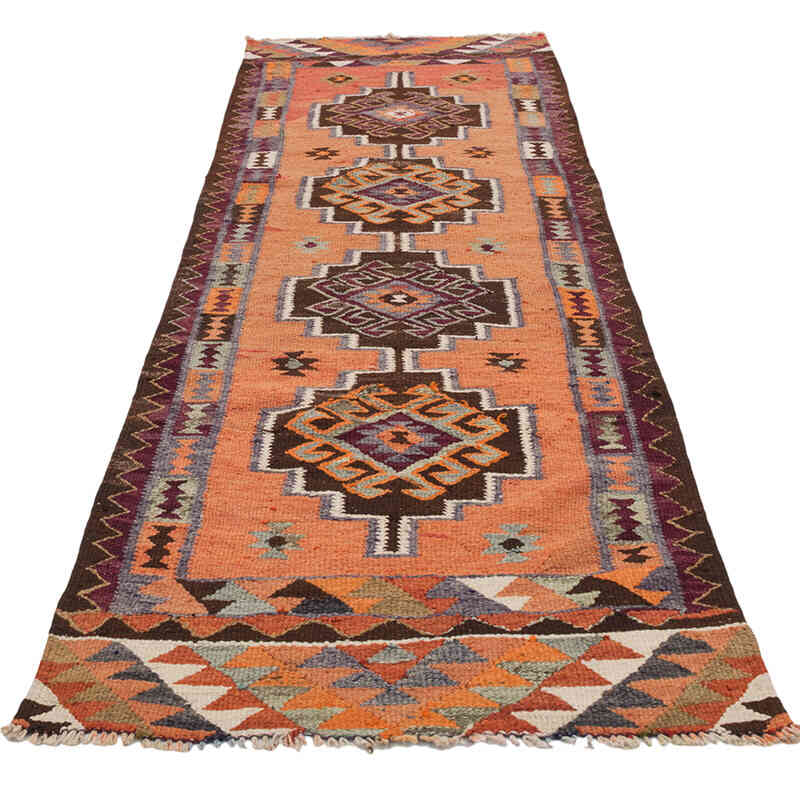
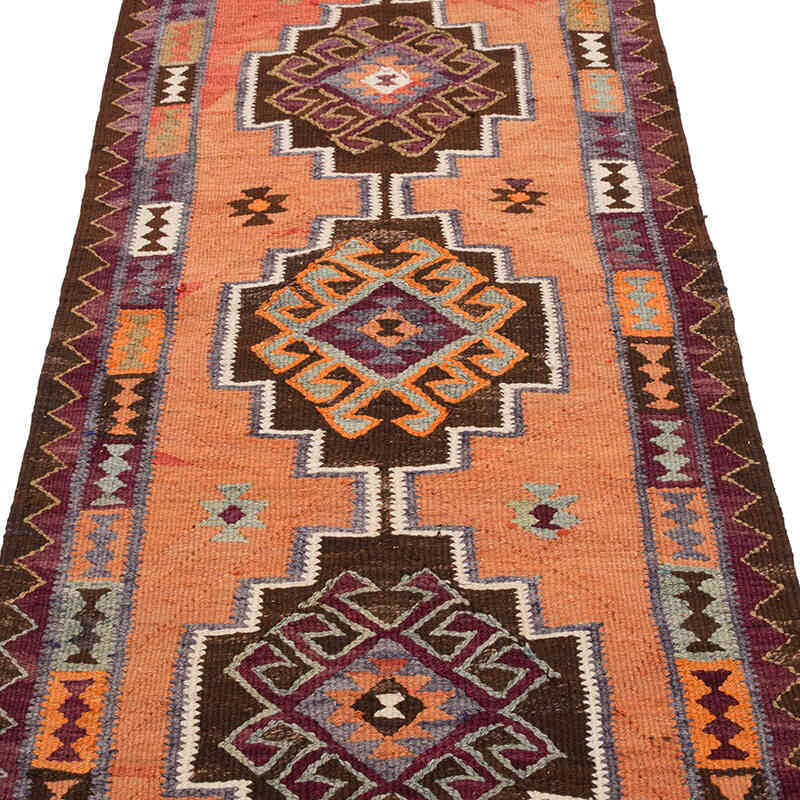
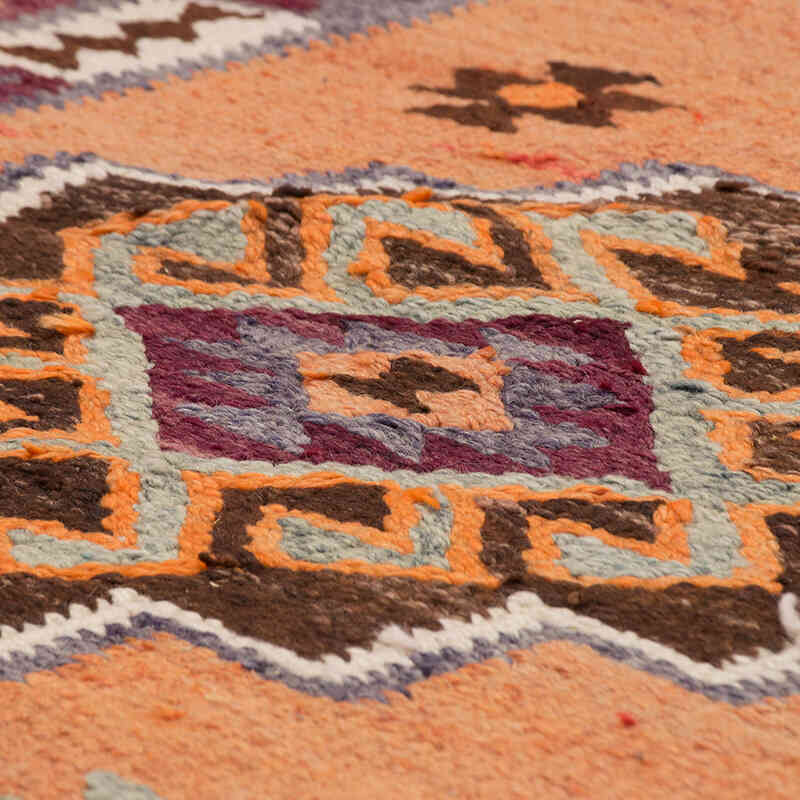


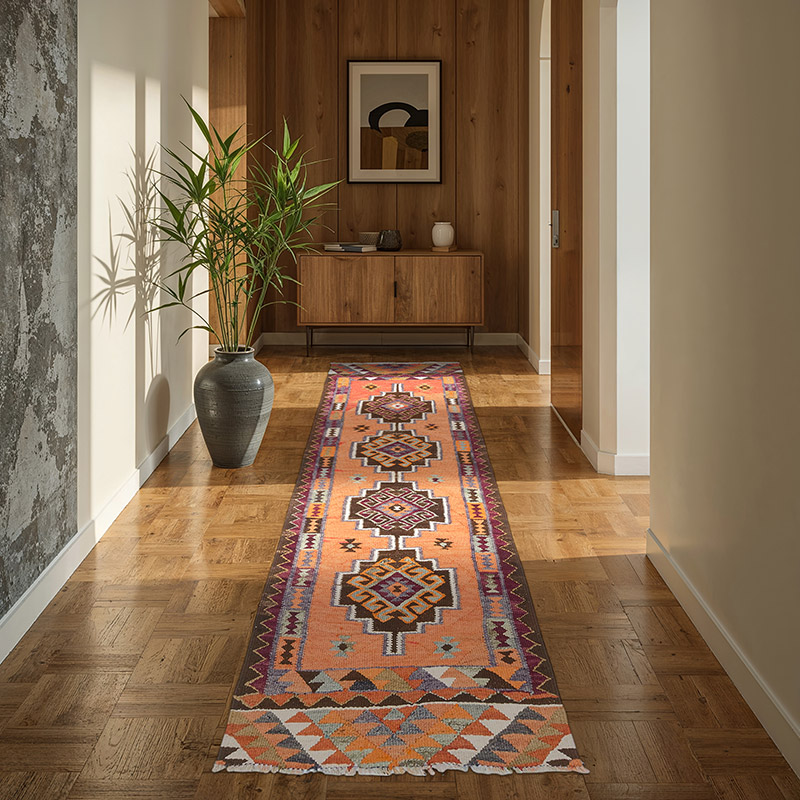
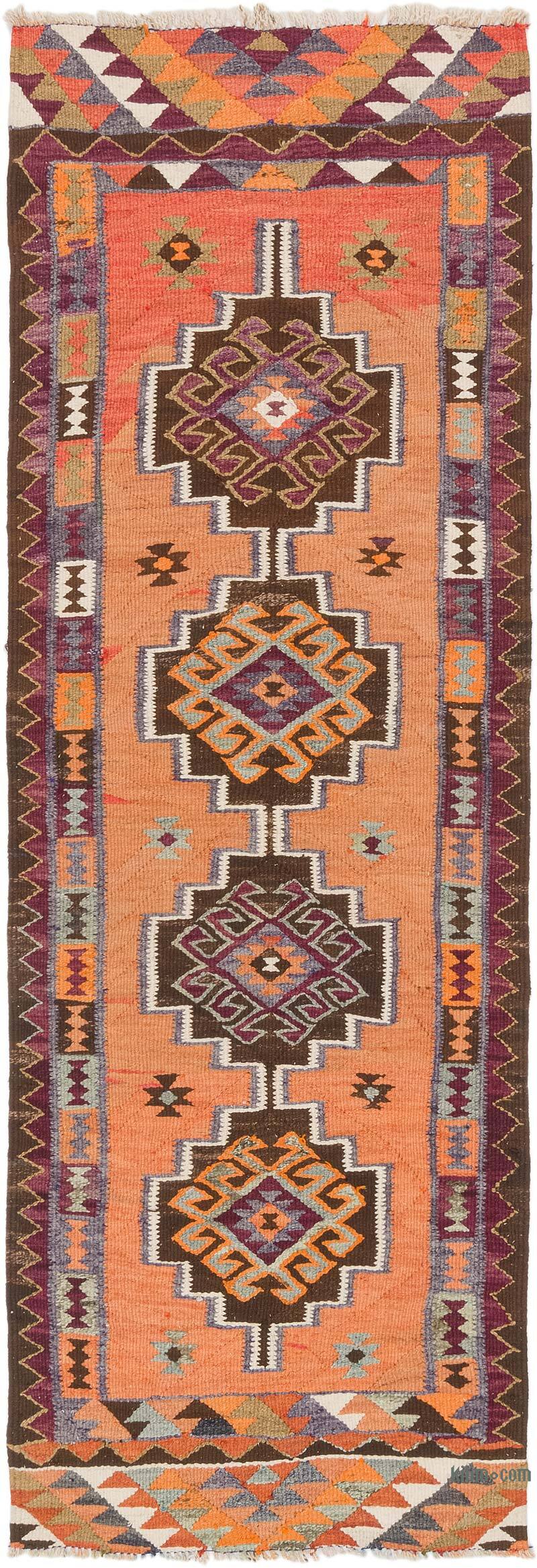
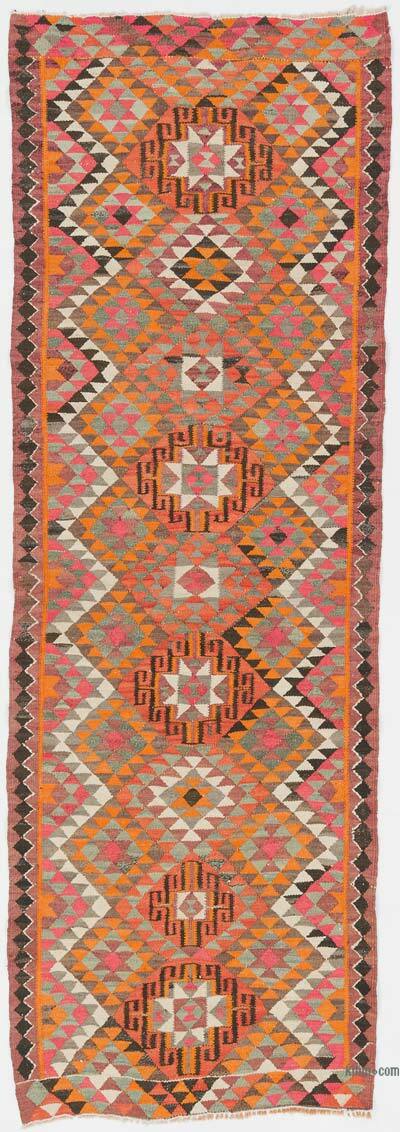











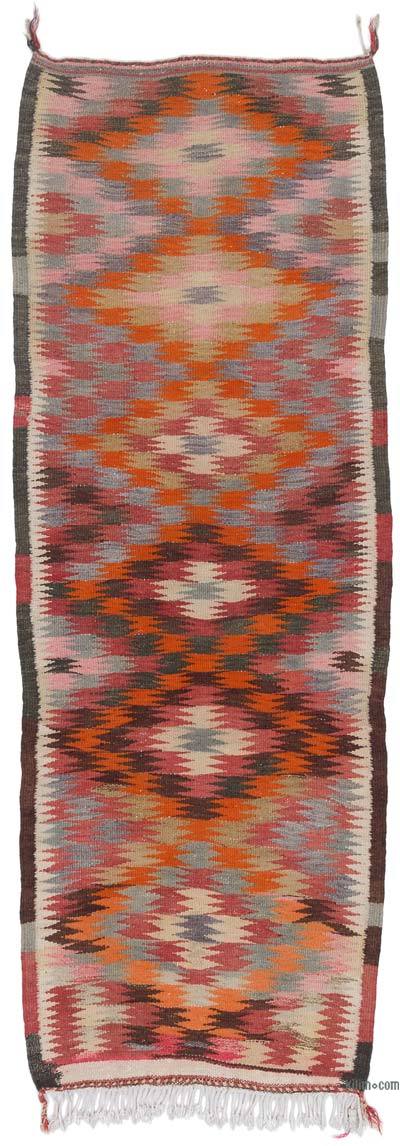


Vintage Kilims